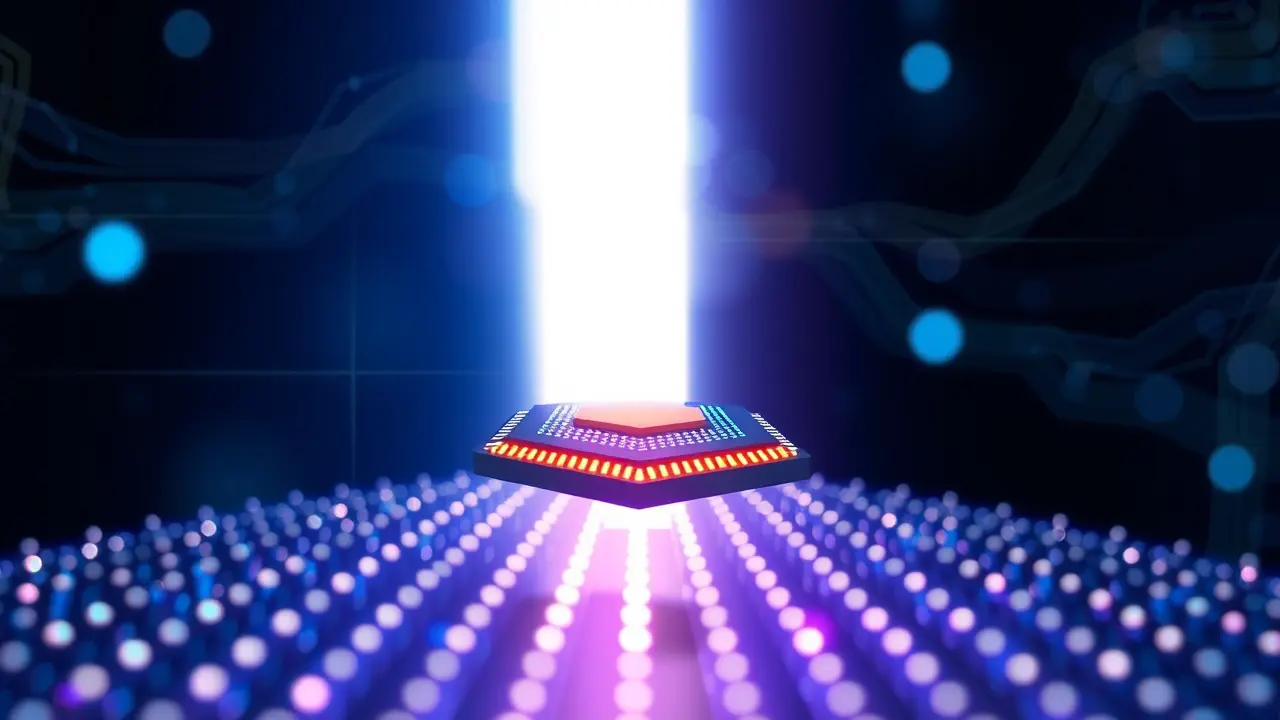Chinese Team to Test Advanced Chip on Largest Optical Telescope
In a development that feels ripped from the pages of a sci-fi novel yet is unfolding in real-time laboratories, a team of Chinese researchers from Tsinghua University has engineered an optical chip no larger than a fingernail, a device so profoundly capable it can analyze light with a precision once the exclusive domain of sprawling, room-sized laboratory instruments. This isn't just an incremental improvement; it’s a paradigm shift, a leap in miniaturization that promises to imbue our machines with an unprecedented level of visual intelligence.The ambition driving this breakthrough is as vast as the cosmos itself: the team, led by Fang Lu, hopes to soon test their creation on the largest optical telescope on Earth, a move that could fundamentally alter our capacity to decipher the universe's deepest secrets. Imagine the potential: drones that don't just see but comprehend their environment with the analytical depth of a seasoned scientist, medical scanners that can diagnose at a cellular level in real-time, and robots whose perception transcends simple object recognition to understand context and nuance.For an astrophysics enthusiast, the telescope application is particularly electrifying. Large ground-based telescopes, like the Extremely Large Telescope under construction, are engineering marvels, but their power is ultimately constrained by the speed and resolution of their data processing systems.Integrating this chip could act as a hyper-intelligent visual cortex, allowing these colossal instruments to process incoming starlight instantaneously, identifying subtle atmospheric compositions of exoplanets or tracing the faint echoes of the early universe with a speed and accuracy previously unimaginable. This is akin to giving a master astronomer a superpower, enabling them to see not just farther, but smarter and faster.The implications ripple outwards, touching upon the very nature of exploration, from the microscopic frontiers within our own bodies to the grand, dark expanse between galaxies. It’s a testament to human ingenuity, a reminder that the next giant leap in understanding our universe might not come from a bigger mirror, but from a smarter, infinitesimally small chip, a silent revolution in silicon and light poised to redefine the limits of observation itself.
JA
Jamie Chen123k2 days ago
this is wild but i'll believe it when it's not just in a lab tbh
0
